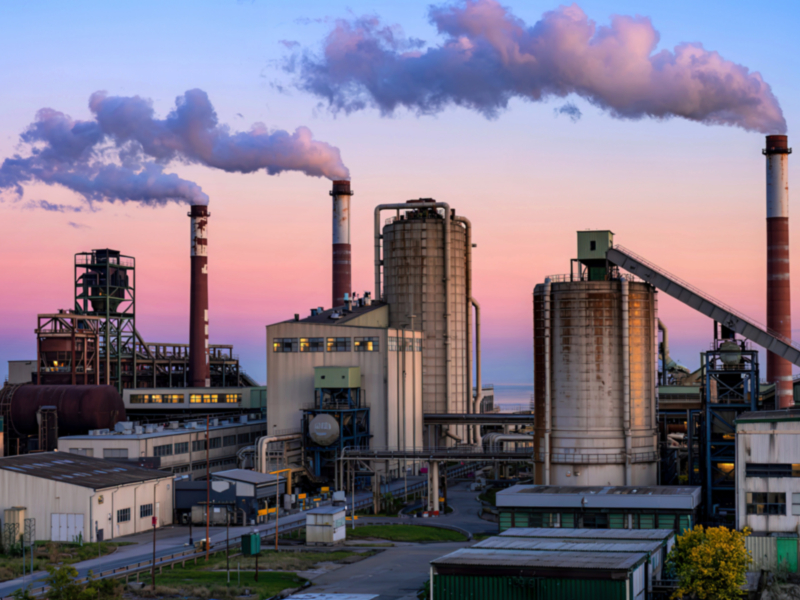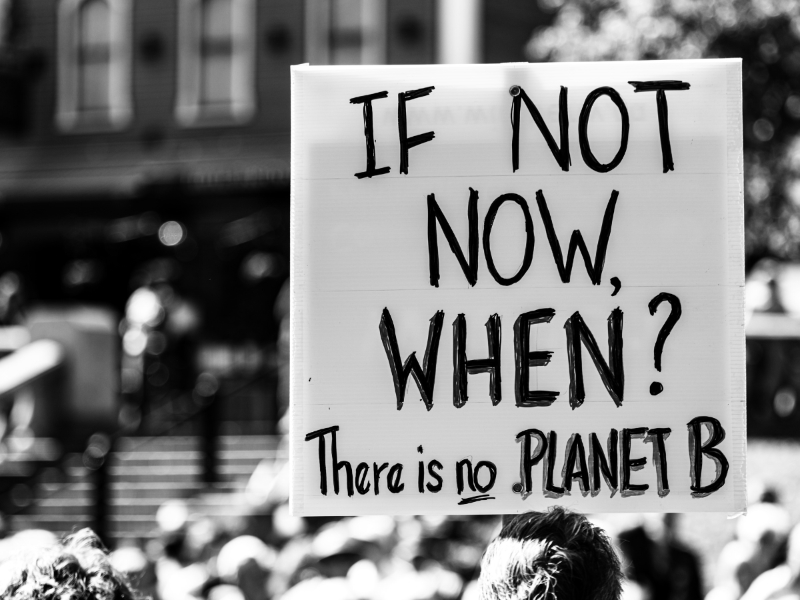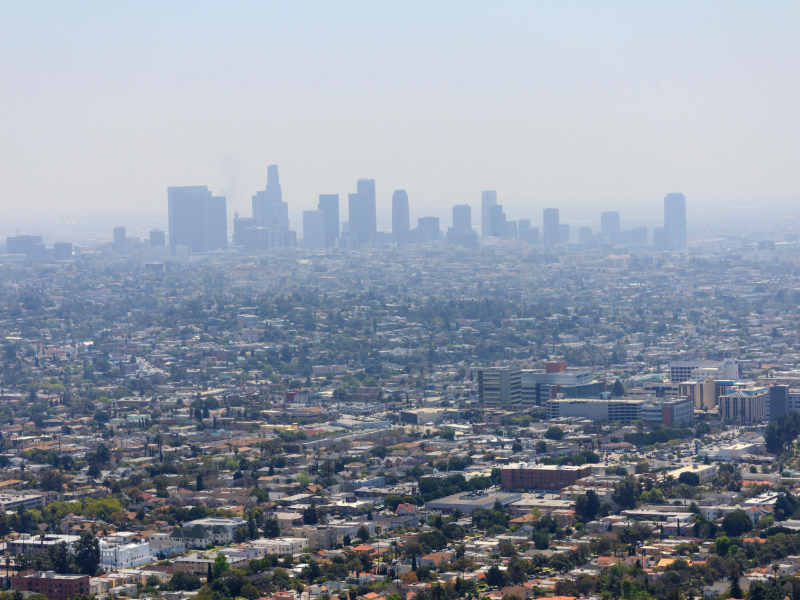2025 did not see many legislative advances for our air and climate, as the oil industry and its allies continued to wield outsized influence, and lawmakers struggled to respond to the rising cost of living and the state’s precarious fiscal situation. Meanwhile, the Trump Administration took every opportunity – whether legal or not – to make our air and water dirtier and favor fossil fuels over clean, renewable energy.
But, in the waning hours of the session, legislators and the Governor did come together on the biggest climate issue of the year, extension of the state’s cap on greenhouse pollution (AB 1207, Irwin), combined with the investment of revenues raised by the auction of carbon allowances under that cap (SB 840, Limón). This cap-and-invest program, formerly known as “cap-and-trade,” is now authorized through 2045 and aligned with the state’s target of net-zero emissions in that year.
All year long, advocates had been told by Governor Newsom and many of the polluter lobbies that reauthorization had to be “straight” – meaning nothing would change except the date from the deal Gov. Brown had struck back in 2017 to authorize the program through 2030. Nevertheless, a broad range of environmental justice, health, scientific and environmental groups persisted in calling for improvements in the cap-and-trade program to make it more effective and more equitable.
The last-minute timing of the climate/energy package hammered out by Newsom and legislative leaders did not allow for the deliberative public process that should have been followed, and some reforms were left on the table. This is not surprising given that the main bills had to be passed by 2/3 super-majorities in both the Assembly and Senate. In particular, lawmakers failed to strengthen the Community Air Protection program that is supposed to bring healthier air to the areas suffering from the country’s worst air pollution; that important task was left until next year. But the bill package does provide much-needed funding to that program.
Lawmakers also closed an oil industry loophole that the 2017 deal had opened; they returned the allocation of industrial carbon allowances to what we hope will be a fact-based process at the Air Resources Board, rather than dictating that those polluters would be granted free emissions.

They also directed some of the charges paid by polluters to be used to offset residents’ high electricity costs at times when bills are steepest. And new scrutiny will be focused on the carbon offsets that equity advocates criticize for outsourcing emission reductions rather than requiring cleanup of the most polluting facilities.

What does it all mean? At a time when the federal government is willfully rejecting sound science and doing its worst to frustrate domestic and global efforts to stave off catastrophic climate change, the Golden State maintained its price on greenhouse pollution and strengthened its commitment to science-based policy. But that accomplishment is tempered by the fact that California still has the nation’s worst air pollution; we urge our leaders to address that crisis with the urgency that it deserves.








